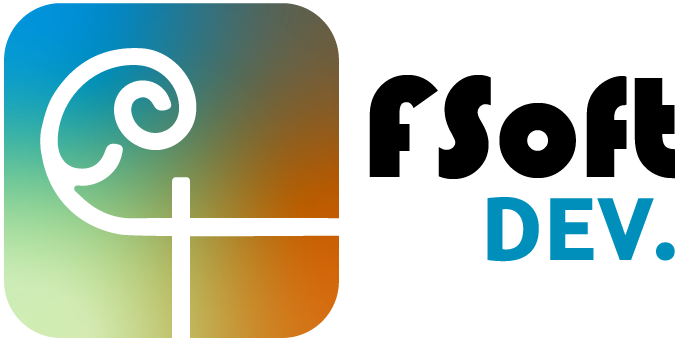In today’s business world, it’s no longer just products or services that distinguish a company from its competitors. A logo and visual identity form the first impression that a business leaves on its customers. Professional logo and visual identity design ensures that a brand has a clear, consistent presence and is easily recognizable across all platforms.
1. What is Logo Design?
A logo is a visual symbol representing a company, service, or product. It should be simple, memorable, and reflect the brand’s personality.
Key Characteristics of a Successful Logo:
- Simplicity: Clear and easy to remember without unnecessary complexity.
- Applicability: Works well across all platforms, from websites to business cards.
- Distinctiveness: Differentiates the brand from competitors and reflects its identity.
- Flexibility: Adaptable to different colors, sizes, and backgrounds without losing impact.
Popular Logo Design Tools:
- Adobe Illustrator: The industry-standard tool for creating scalable vector logos.
- CorelDRAW: Widely used for logo and identity design for small to medium businesses.
- Canva / Figma: Quick and easy tools for initial concepts or prototypes, ideal for small teams.
2. Visual Identity
Visual identity encompasses all the visual elements that represent a brand, including:
- Color Palette: Choosing colors that reflect the brand’s message and values.
- Typography: Selecting fonts that are consistent with the brand personality.
- Icons & Patterns: Supporting elements that complement the logo in marketing and digital content.
- Applications: Design of business cards, print materials, social media graphics, and website interfaces.
Tools for Visual Identity Design:
- Adobe Illustrator & Photoshop: For advanced, professional-grade design.
- Figma / Sketch: For creating cohesive digital interfaces and brand identities integrated with websites and applications.
- InVision / Zeplin: Facilitate collaboration between designers and developers and ensure precise implementation of the visual identity.
3. Practical Steps for Successful Logo & Visual Identity Design
- Market and Competitor Analysis: Understand competitors and what visually sets them apart to avoid imitation.
- Understanding Brand Personality: Determine whether the brand is modern, formal, playful, or luxurious.
- Conceptual Logo Design: Sketch multiple ideas before finalizing the best design.
- Selection of Visual Elements: Define colors, typography, icons, and patterns for the identity.
- Implementation and Testing: Apply the identity across all channels, including websites, social media, and print materials.
- Documentation (Brand Guidelines): Create an official guide outlining how to use the identity consistently.
4. Designer Skills & Certifications
Required Skills:
- Experience designing logos and brand identities for companies or products.
- Understanding consumer behavior and the psychological impact of colors and fonts.
- Ability to translate brand values and messages into clear visual elements.
Recommended Certifications:
- Adobe Certified Expert (ACE) in Illustrator or Photoshop.
- Google UX Design Certificate for digital identities and user experience.
- Diplomas in Graphic Design or Visual Communication.
5. Practical Examples
- Startups: Simple logo design reflecting the business activity with a flexible digital-friendly identity.
- Educational Platforms: Use of vibrant colors and educational icons to strengthen the visual impression for students.
- E-commerce Stores: Logo and identity focused on trust and recognition to encourage customer engagement.
Conclusion
Logo and visual identity design is not just an aesthetic task—it is a strategic visual marketing approach that reflects the brand’s personality and leaves a lasting impression on customers. Investing in professional identity design enhances trust and facilitates brand differentiation in a crowded market.
 English
English
 العربية
العربية



Add New Comment